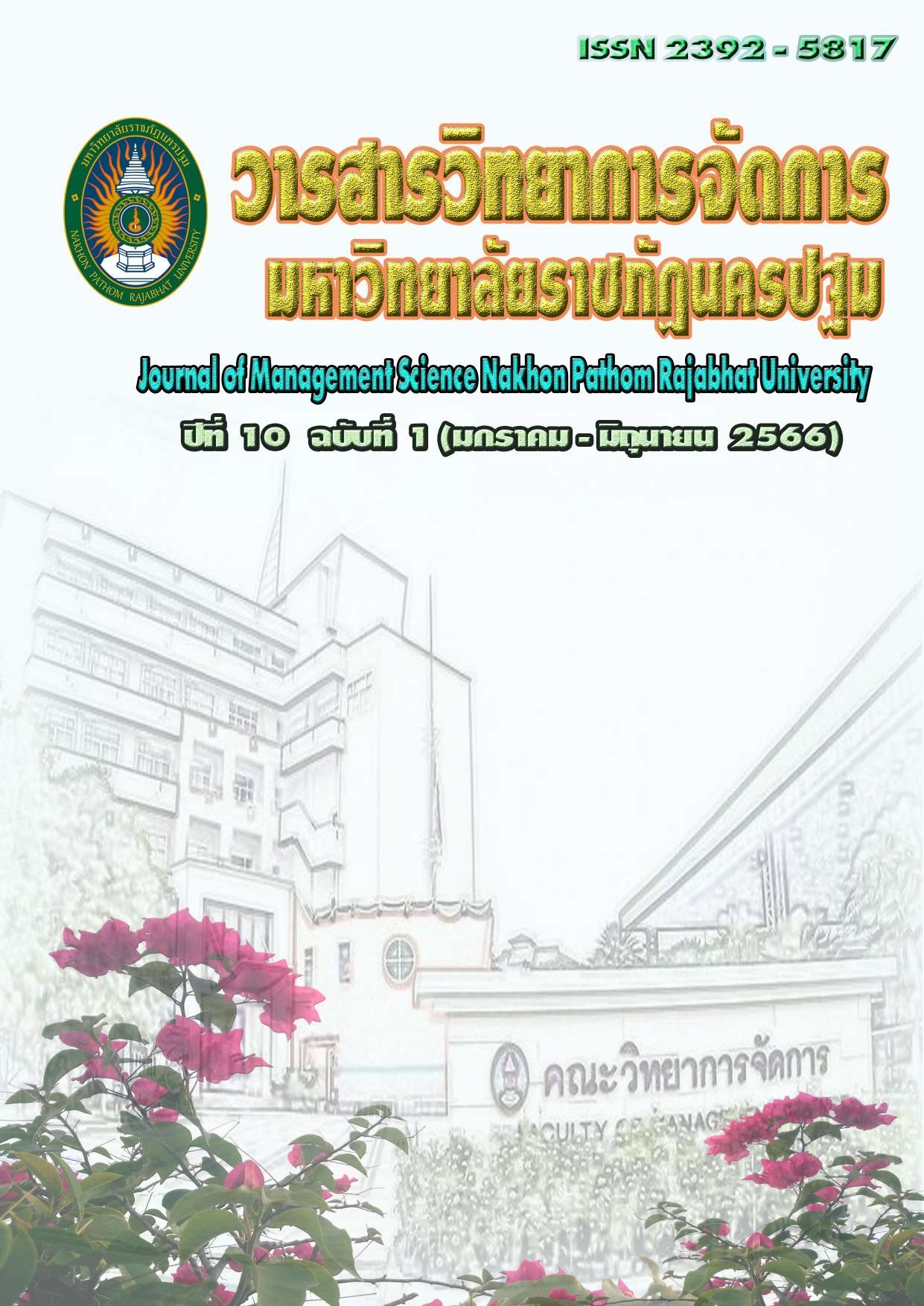Analysis the Relationship Between Government’s Revenue, Expenditure and Gross Domestic Product: Evidence of Lao PDR
Main Article Content
Abstract
The government's income-expenditure performance indicates the government's financial position and is an important indicator for macroeconomic development planning. Therefore, the researcher aims to test the relationship between Lao government's revenue, expenditure and gross domestic product (GDP) by using the Cointegration and Error Correction model with the time series data from 1990-2019. The results of the study found that there is a relationship in both the short-run and long-run. In the long-run, both revenue and GDP have a positive significant relationship on expenditure with a significance level of 0.01 and 0.1 respectively. For short-run, only government’s revenue has a statistically significant relationship with government spending at a significance level of 0.01, with the coefficient of ECT equal to -0.781. In the test of residual normality distributed and serial correlation indicates we cannot reject null hypothesis, meaning that the model used in this study is suitable for testing the relationship between revenue, expenditure and GDP of Lao PDR.The researchers also suggest that the government should decide on expenditure and revenue side by side by increasing revenue and reducing expenditure simultaneously to manage the budget deficit because the increase in public spending helps to stimulate economic activities which will result in an increase in government revenue.
However, this study uses a small sampling and is a study of only one country. Therefore, further researchers should consider panel data and use more independent variables in order to more accurate predict.
Article history: Received 13 January2023
Revised 7 May 2023
Accepted 8 May 2023
SIMILARITY INDEX = 0.00 %
Article Details

This work is licensed under a Creative Commons Attribution-NonCommercial-NoDerivatives 4.0 International License.
The views and opinions of the article appearing in this journal are those of the author. It is not considered a view and responsibility of the editorial staff.
References
Presbitero, A.F. (2010). Total Public Debt and Growth in Developing Countries, Development Working Papers 300, Centro Studi Luca d'Agliano, University of Milano.
Barro, R. J. (1974). Are government bonds net wealth. Journal of Political Economy 82, 1095-1118.
Buchanan, J.M. and Wagner, R.E. (1977). Democracy in deficit: The Political Legacy of Lord Keynes, New York: Academic Press.
Cottarelli, C and Schaechte, A (2010). Long-term trends in public finances in the G-7 economies, IMF Staff Position Notes 2010/013, International Monetary Fund.
Dickey, D. A., and Fuller, W. A. (1979). Distribution of the estimators for autoregressive time series with a unit root. Journal of the American Statistical Association, 74(366), 427-431.
Engle, R and Granger, C. (1987). Co-integration and error correction: Representation, estimation, and testing. The Econometrica, 55 (2): 251-276.
Friedman, E.A. (1978). The Limitations of Tax Limitation, Policy Review: 7-14.
Gülşen, M.A. (2022). The relationship between growth, expenditure, and income fiscal policy in Turkey: ARDL-ECM Model. Journal of Public Finance Studies, 67:89-106.
Jarque, C.M. and Bera, A.K. (1987). A test for normality of observations and regression residuals. International Statistical Review, 55:163-172.
Nguyen, T.H. (2022). The government revenue – economic growth relationship in emerging and developing Asia countries: Does governance matter? Academy of Strategic Management Journal, 21(S2), 1-10.
Souvannachoumkham, S. (2020). Annual budget report of Lao PDR, 3:1-22
Muriithi, C. (2013). The relationship between government revenue and economic growth in Kenya. International Academic Journal of Information Sciences and Project Management, 1 (1), 87-109
Ofoegbu and Akwu (2016). Empirical analysis of effect of tax revenue on economic development of Nigieria. International Journal Asian Social Science, 6(10), 604-613.
Pak, H.M. (2007). Government expenditure and economic growth: The supply and demand sides. Fiscal Studies, 28(4):497-522.
Paul A. Samuelson (1954). The pure theory of public expenditure. The Review of Economics and Statistics, 36(4):387-389.
Peacock and Wiseman (1979). Approaches to the analysis of government expenditure growth. Public Finance Quarterly, 7, 3-23.
Roşoiu, I. (2015). The impact of the government revenues and expenditures on the economic
growth. Procedia Economics and Finance, 32:526-533.
Wagner, Richard E.; Weber, Warren E. (1977). Wagner's Law, Fiscal Institutions, and the Growth of Government. National Tax Journal. 30 (1): 59–68.


